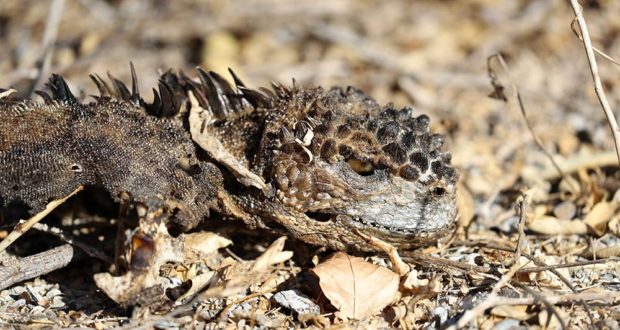During the particularly strong El Nino of 1982-83, thousands of fur seals, sea lions and marine iguanas disappeared, along with 80% of the Galapagos Penguins, 50% of the Wingless Cormorants and much of islands’ coral reefs. Even today, those populations are still recovering. Why?
The unique character of the Galapagos Islands and their diversity of life flow largely from the surrounding ocean currents. As the trade winds near the equator blow west they push the warm Pacific waters near the surface along with them, causing warm water to build up in the western Pacific. As it does, colder water is pushed downward, creating a deep, cold current – the Cromwell Current – that runs back in the opposite direction. When the eastbound Cromwell Current reaches the Galapagos, the islands and the winds channel the water to the surface. Because the cold water is particularly rich in nutrients, it fuels a bloom of phytoplankton and algae that directly and indirectly feeds most of the islands’ aquatic wildlife.
Unfortunately, in El Nino years, which tend to occur about once a decade, the trade winds fade, the Cromwell Current slows and water temperatures climb, starting a chain reaction in the Galapagos food web. With fewer nutrients, algal beds dwindle. Schools of anchovies, sardines and other baitfish disappear. Rising water temperatures bleach the coral. Marine iguanas, sea turtles and sea lions starve. Penguins, Wingless Cormorants and other sea birds that forage close to shore can no longer feed their offspring.
On land, it’s a different story. There, with warmer sea temperatures come more rainfall. Forests become lush, and the tortoises and birds that depend on them thrive.
The latest El Nino came in fall 2015 and left a few months ago. It was not as severe as many had feared but its impact showed in the relatively sparse algal cover in some of the coves around the islands.
